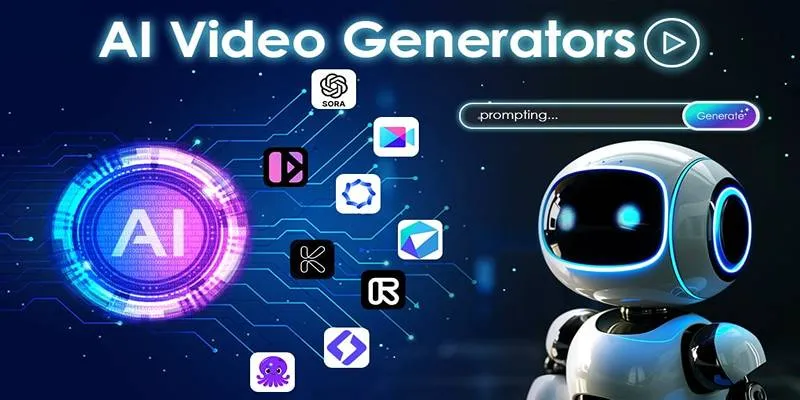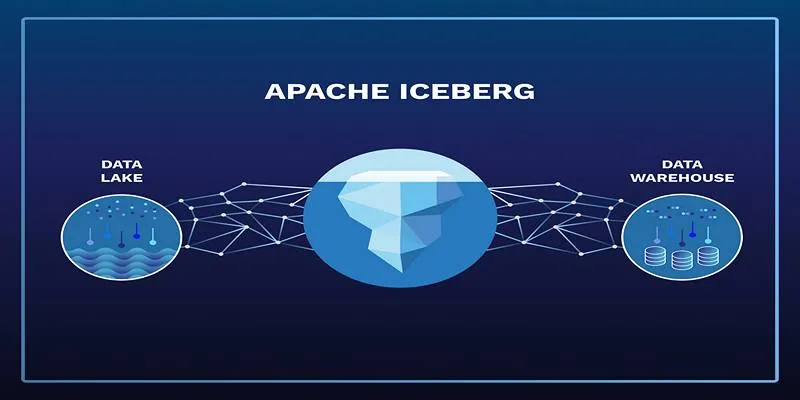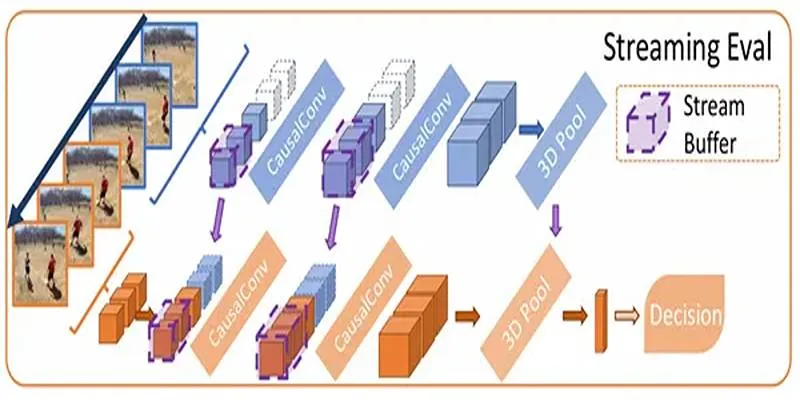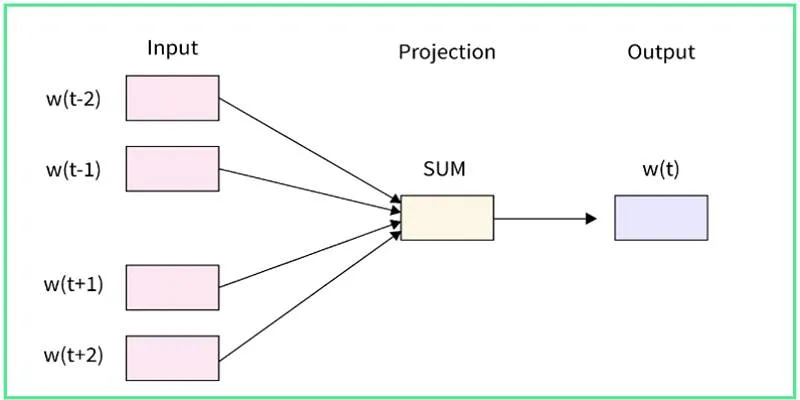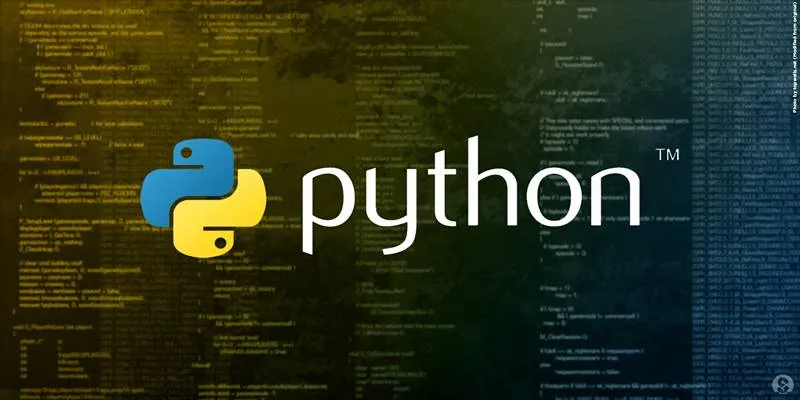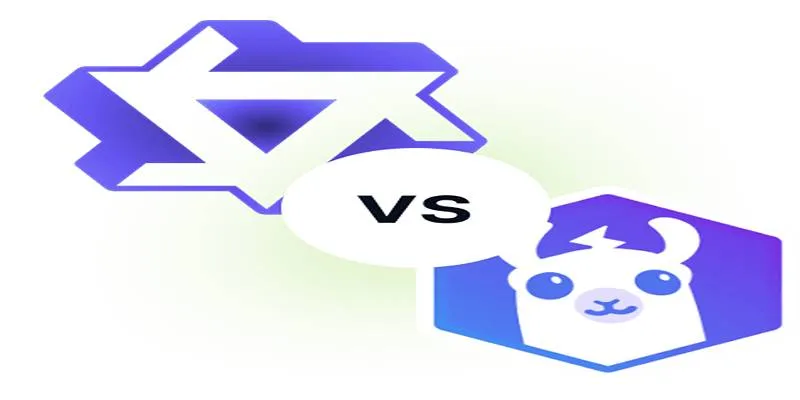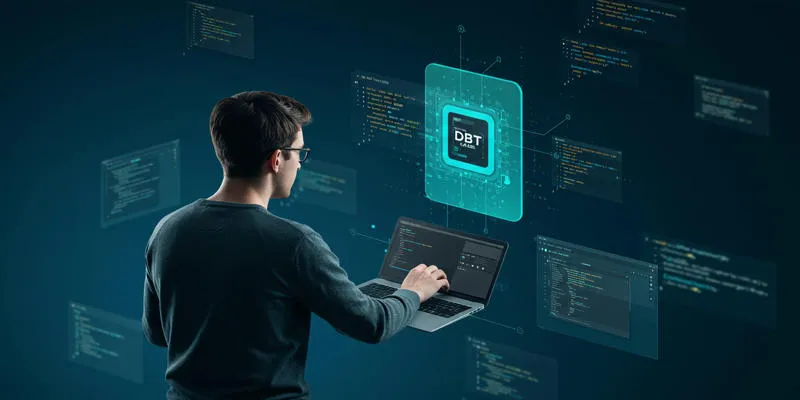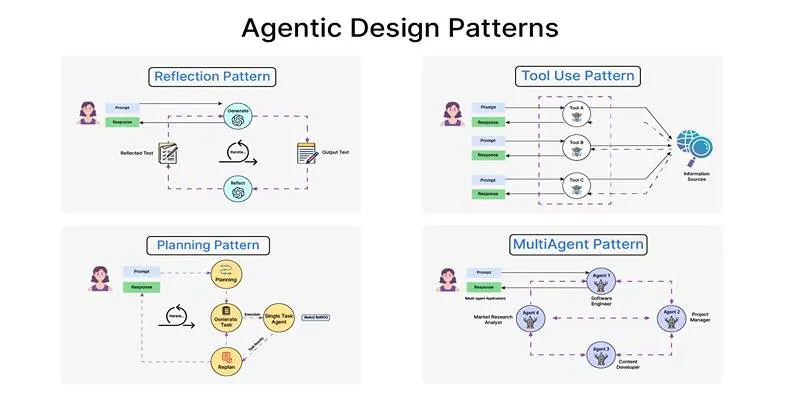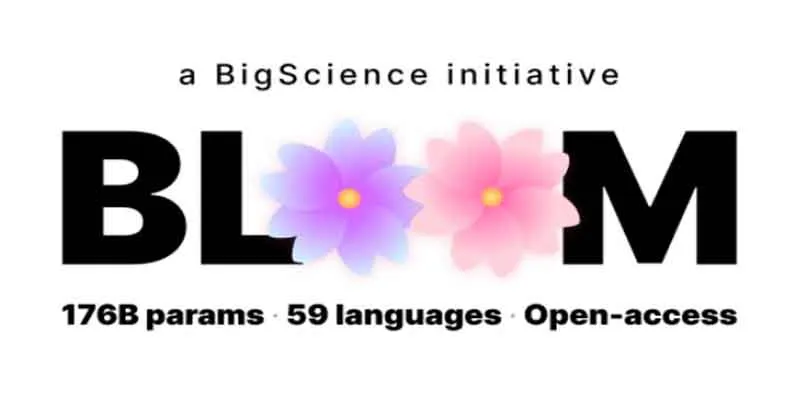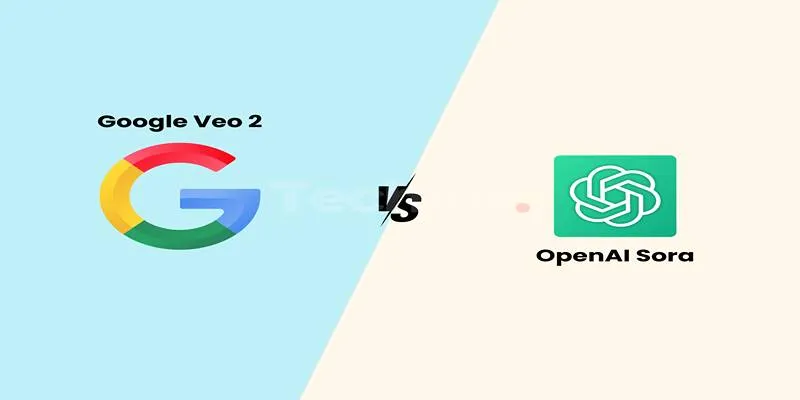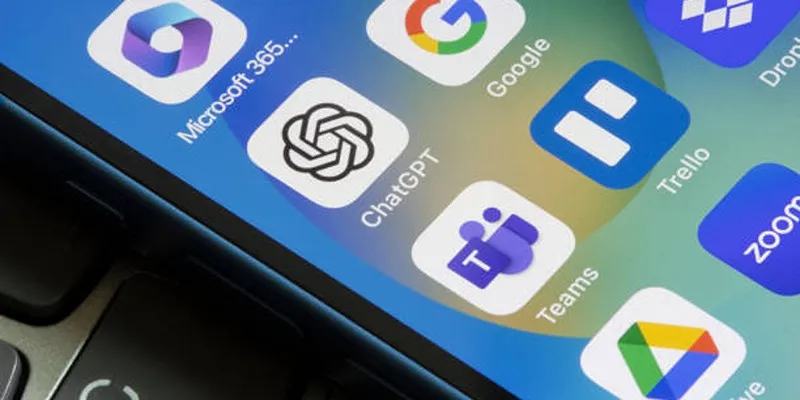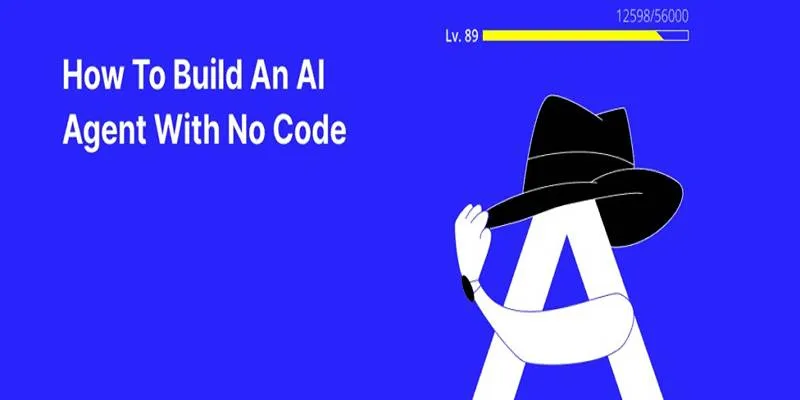YouTube is one of the largest platforms for sharing content, learning new skills, and expanding your brand’s reach. However, to attract viewers to your videos, two critical elements matter—video titles and descriptions. Most users decide to click on a video or scroll past it based on these initial impressions. Crafting engaging and clear titles and descriptions requires time and creativity. This is where ChatGPT comes in handy.
In this post, you’ll learn how to leverage ChatGPT to craft compelling YouTube video titles and descriptions—even if you’re not a seasoned writer. This guide is ideal for beginners aiming to grow their YouTube channel more efficiently and with less hassle.
Why Are Titles and Descriptions Important on YouTube?
Before diving into the techniques, it’s crucial to understand why titles and descriptions are so vital.
These elements impact:
- Search Ranking: YouTube relies on titles and descriptions to grasp video content.
- Click-Through Rate (CTR): An enticing title encourages viewers to click.
- Viewer Expectations: Descriptions inform viewers about the video’s content.
- Watch Time: Clear expectations lead to longer viewing sessions.
Even with excellent video content, a weak title or unclear description can be the difference between getting 50 views or 50,000.
How to Use ChatGPT for Writing YouTube Titles
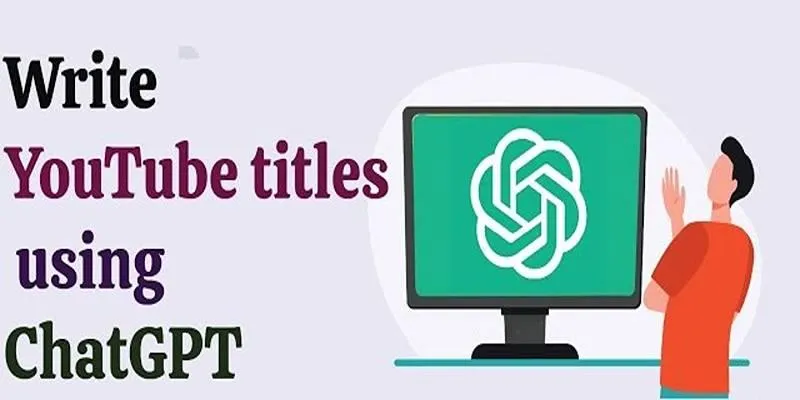
YouTube titles should be concise, clear, and engaging. They must convey what the video is about and provide a reason to click. ChatGPT simplifies the brainstorming process when you’re stuck or looking for fresh ideas.
Start with a Clear Prompt
When using ChatGPT, your input (prompt) significantly influences the output. Be clear and specific.
**Example Prompt:
** “Provide 5 YouTube titles for a video on saving money on groceries.”
ChatGPT might suggest:
- “10 Easy Ways to Cut Grocery Costs Today”
- “How I Saved $200 a Month on Groceries”
- “Simple Grocery Hacks That Save Big”
- “Grocery Shopping on a Budget: My Weekly Plan”
- “Save Money Every Grocery Trip with These Tips”
Each option is concise, descriptive, and potentially enticing.
Tips for Writing Better Prompts
To achieve optimal results from ChatGPT:
- Be specific about your video topic.
- Include tone suggestions such as “funny,” “informative,” or “emotional.”
- Request numbered lists, questions, or bold statements.
- Specify your audience (e.g., beginners, students, parents).
This helps the AI tailor the titles to your precise needs.
Best Practices for YouTube Titles (with or without ChatGPT)
While ChatGPT can assist with ideas, ensuring the title matches your video and audience is your responsibility.
Here are some tips:
- Keep it under 60 characters when possible.
- Use a strong keyword near the beginning.
- Make it clear, not vague. Avoid confusing titles.
- Add urgency or curiosity. Viewers click when intrigued.
- Avoid misleading titles. Clickbait might work short-term but can harm your channel in the long run.
Using ChatGPT for Writing YouTube Descriptions
Once the title is ready, the next step is crafting a video description. This section provides more details, incorporates keywords, and links to relevant resources. Writing descriptions can feel monotonous, especially if you upload frequently. ChatGPT can expedite this process, ensuring quality and consistency.
How to Ask ChatGPT for Descriptions
Like with titles, begin with a strong, clear prompt.
**Example Prompt:
** “Write a YouTube video description for a tutorial on editing Instagram
photos using a free app.”
**Example Output from ChatGPT:
** “Want to elevate your Instagram photos? In this quick tutorial, I’ll
demonstrate how to edit stunning images using a free mobile app. No need for
costly software—follow along and start creating professional-looking posts
today! Don’t forget to like, subscribe, and share for more tips.”
This output provides a solid starting point. You can refine it further, add links or hashtags, and publish it swiftly.
What to Include in a YouTube Description?
Whether you draft it yourself or use ChatGPT’s assistance , every description should include:
- A summary of the video’s content
- Target keywords for enhancing search visibility
- A call-to-action (encourage viewers to subscribe, comment, etc.)
- Links to related videos, social media, or products
- Time stamps (if your video is lengthy or segmented)
- Relevant hashtags (e.g., #FitnessTips, #TravelVlog)
Tips for ChatGPT to Write Better Descriptions
- Describe the video content
- Mention your audience type
- Specify if the video is long, short, funny, or serious
- Include your channel theme or tone (e.g., casual, professional)
**Example Prompt:
** “Write a friendly and fun YouTube description for a 5-minute beginner
workout video aimed at stay-at-home moms.”
By specifying audience information and tone, the output will feel more personalized.
Benefits of Using ChatGPT for Titles and Descriptions
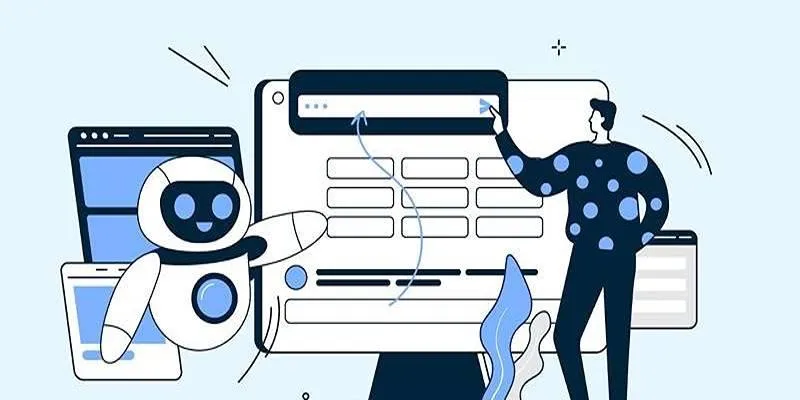
Here’s why more creators are utilizing ChatGPT:
- Saves time on repetitive writing tasks
- Boosts creativity when ideas are scarce
- Enhances SEO with improved keyword usage
- Maintains consistent tone across all videos
- Reduces stress of regular content production
Whether you’re new to YouTube or managing a large channel, ChatGPT can help you focus more on creating and less on copywriting.
Conclusion
Creating successful YouTube content goes beyond the video itself. With compelling titles and well-crafted descriptions, creators can increase views, engagement, and subscribers. Using ChatGPT simplifies this process, making it faster and more consistent. By mastering prompt creation and understanding how to utilize the output, creators can gain a valuable assistant available whenever inspiration or support is needed. From brainstorming catchy titles to writing viewer-friendly descriptions, ChatGPT can become a vital tool for any YouTuber, regardless of their experience level.
 zfn9
zfn9

